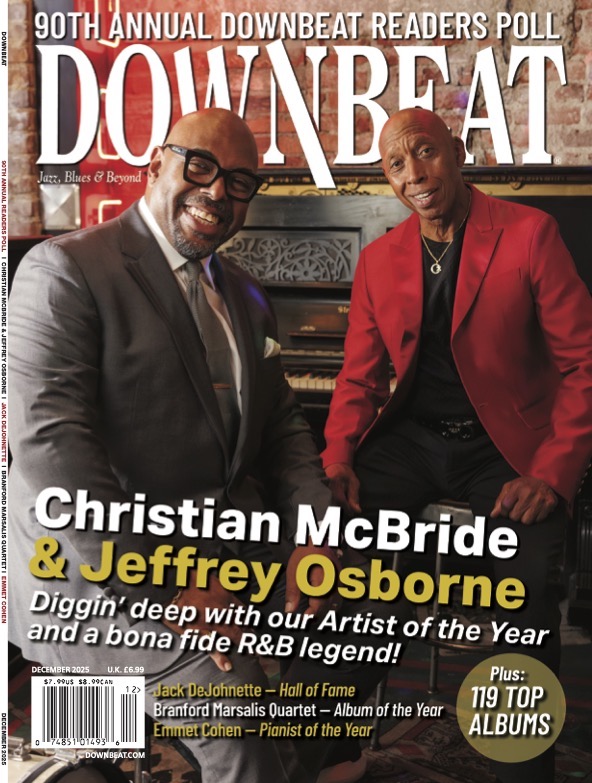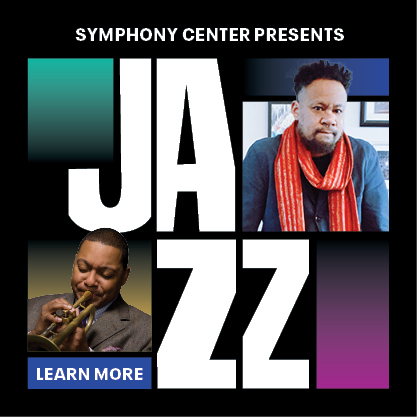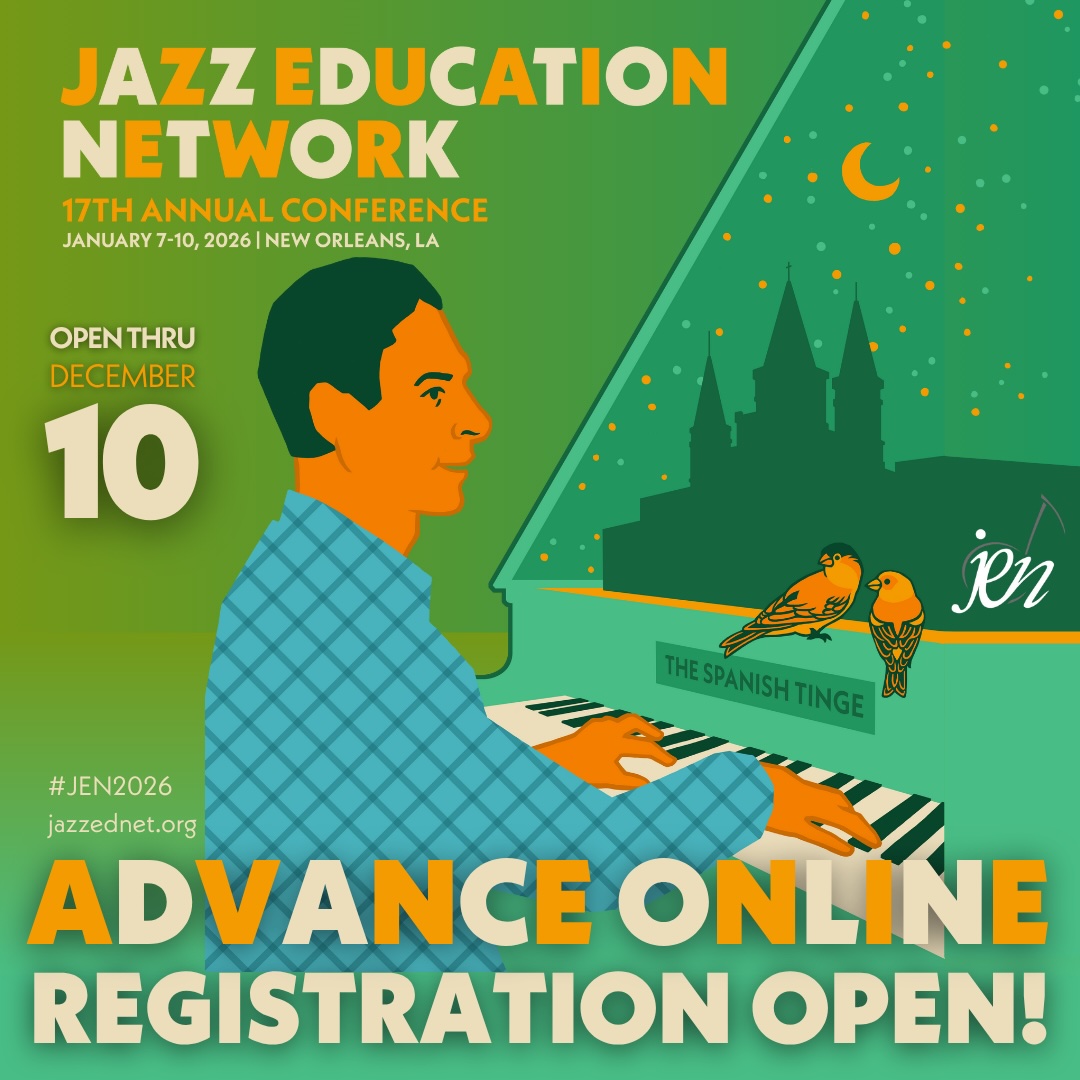Oct 28, 2025 10:47 AM
In Memoriam: Jack DeJohnette, 1942–2025
Jack DeJohnette, a bold and resourceful drummer and NEA Jazz Master who forged a unique vocabulary on the kit over his…
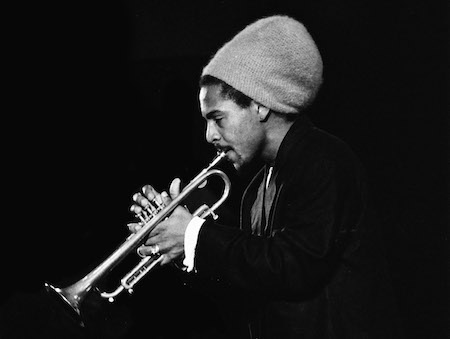
“With Roy, everything was like full throttle,” drummer Willie Jones III says of Hargrove (1969–2018). “Every time we hit the bandstand, it was almost like it was the last time you were going to play a set.”
(Photo: Des McMahon)Willie Jones III remembers playing with Roy Hargrove for the first time in spring of 1997 at the old Catalina Bar and Grill on Cahuenga Boulevard in Hollywood — and realizing he was on stage with one of the all-time greats.
“I knew it from the jump, from day one,” the drummer said. “Roy was a throwback to what it would have been like to play with Lee Morgan, exactly like that back in the day. Before I even [officially] joined the band, that kind of put the stamp on me moving to New York.”
He was speaking from his home in Brooklyn, the neighborhood he relocated to from Los Angeles, mere months after their run at Catalina’s.
Jones soon became part of a working sextet Hargrove put together, with altoist Sherman Irby, trombonist Frank Lacy, pianist Larry Willis and bassist Gerald Cannon. The following year, in the middle of their tour, the band made a detour down to Guadaloupe, an island in the Lesser Antilles chain of the Caribbean Sea. There, they met up to record with other musicians Hargrove had gotten to know after he visited Havana, Cuba, to play at a festival with the legendary pianist Chucho Valdés.
Hargrove was so enamored with Valdés, and his countrymen, that the young trumpeter formed a band with some of them: Crisol (Spanish for “crucible”). They recorded an album, Habana (Verve, 1997), which won a Grammy for Best Latin Jazz Performance the following year. In Guadaloupe, many new faces, including Jones, would be the next iteration of Crisol, albeit unknown to the world until this past October, when the music they recorded (and presumed lost) was miraculously unearthed as the album Grande-Terre (Verve), named after the eastern region of Guadaloupe where Hargrove and company spent a week recording and relaxing.
“Maybe you hear stories of rock bands back in the day,” Jones said. “They went to some city, some country, some farm, and they just chill out, make a record in the studio for like two weeks or whatever — that was kind of what we did.” They were there at the invitation of tenor saxophonist Jacques Schwartz-Bart, who hailed from Guadeloupe. Two percussionists, Miguel “Anga” Diaz and Jose Luis Changuito Quintana, were also on Habana, but in addition to Schwartz-Bart, three other musicians were new to Crisol: guitarist Ed Cherry, pianist Gabriel Hernandez and drummer Julio Barreto. From Roy’s sextet, only Lacy was a returning member of the original band from Habana.
It was a true collaborative project, with many of the musicians contributing their own compositions and arrangements. (Hargrove added two of his own.) “A lot of those songs we just ran down while we were in the studio,” Jones recalled. “We rehearsed it and got a vibe, and then Roy would be like, “OK, you play on this … .’ It was really easygoing.”
Hargrove mixed and matched the musicians, an intermingling of musical backgrounds and cultures.
They ended up making an exceptional, high-energy Latin-bop album that elucidates a notable period in Hargrove’s early career, reinforcing the young trumpeter’s fully formed attributes — incredible technique, musical instincts, fearless bravado and his ability to inspire all the other musicians around him.
“With Roy, everything was like full throttle. Every time we hit the bandstand, it was almost like it was the last time you were going to play a set,” said Jones. “And in turn, the whole band played like that.”
And Hargrove, through Habana and now posthumously with Grande-Terre, seamlessly infused his signature sound and persona into Latin jazz, the same way he did with every other kind of music from straightahead jazz to hip-hop.
“I think it shows a lot of the range of Roy,” said Aida Brandes-Hargrove, who met her future husband in 2006 and was with him until he passed away in 2018 at age 49, succumbing to a kidney disease that had plagued him for all the time they had known each other. “[Range] is really not a good term, because I know that he wasn’t looking at it that way. For Roy, if it’s music, it’s music. If it sounds good, it sounds good. If it swings, it swings. It’s not a surface, ‘just do a Latin album,’ you know? Actually, we’re gonna dig deep and really play this music.”
Brandes-Hargrove is the president of Roy Hargrove Legacy, which she co-founded to preserve and extend her husband’s memory through music, sometimes through the release of previously unheard recordings of him. She hadn’t planned on doing this.
“After Roy passed, I was tasked with taking care of the estate, you know, just that sort of normal thing for any spouse would usually do,” she said. Brandes-Hargrove dealt with copyrights, publishing, tribute concerts — and a slew of unauthorized recordings that people wanted to put out.
“I initially had to be the police on that, but once we had it all sorted out, it became the question of what are we going to do? There’s a space that needs to be filled, there’s a need for all of these things. Situation by situation, I started doing what people were asking for.”
The first release she oversaw was In Harmony (Resonance, 2021), a live album of duo performances by Hargrove and the pianist Mulgrew Miller (who passed away unexpectedly in 2013 at age 57), followed by The Love Suite: In Mahogany (Blue Engine, 2023), a work for large ensemble commissioned by Jazz at Lincoln Center and recorded live at Alice Tully Hall. (Jones was tapped to produce the record.)
But Hargrove’s former bandmates had been asking about the lost Crisol album. “[Roy] had talked about it, but I never heard it,” Brandes-Hargrove remembered. “It wasn’t until a few years after he passed that I was looking through — he has a lot of cassette tapes, so I forgot why, but I was looking through them, and I saw ‘Crisol.’”
She had to buy a new cassette player that could digitize the audio, and brought the music to Verve, who agreed to release it on the label, so long as she could find the original master tracks. Thankfully, she received a tip about a young assistant engineer who had made the trip with Hargrove down to Guadaloupe. He had brought the recording back to New York, mixed it, and made a cassette for Hargrove to listen to, the same one Brandes-Hargrove discovered 25 years later. Amazingly, the engineer still had the digital master. “Without those, I don’t know if we would have gotten there,” she said.
There are many more recordings to come. “We did a lot of sessions back then,” said Jones. “There are at least three or four records that I was a part of — they’re just in the vault, never came out. I’m glad [they’re] seeing the light of day now.” Jones would love to hear a live recording he and the sextet made at the Village Vanguard, before they went to Guadaloupe.
“That’s another one they’ve been talking about for six months,” replied Brandes-Hargrove when relayed Jones’ inclination. “OK,” she laughed, resigned to the prospect of jumping into yet another lost classic project, inserting another chapter into an already historic account of a modern legend. DB
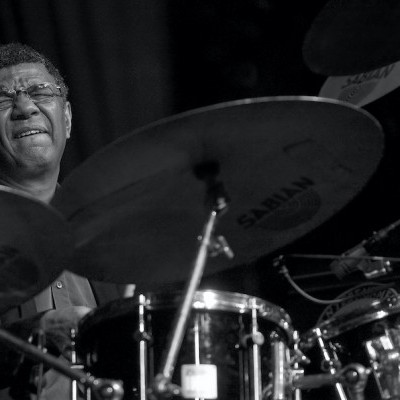
Jack DeJohnette boasted a musical resume that was as long as it was fearsome.
Oct 28, 2025 10:47 AM
Jack DeJohnette, a bold and resourceful drummer and NEA Jazz Master who forged a unique vocabulary on the kit over his…
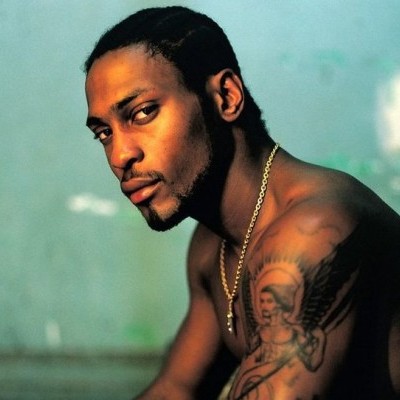
D’Angelo achieved commercial and critical success experimenting with a fusion of jazz, funk, soul, R&B and hip-hop.
Oct 14, 2025 1:47 PM
D’Angelo, a Grammy-winning R&B and neo-soul singer, guitarist and pianist who exerted a profound influence on 21st…
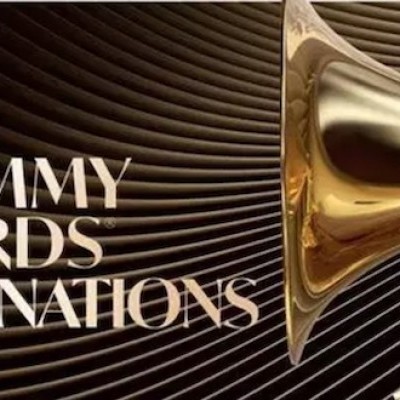
To see the complete list of nominations for the 2026 Grammy Awards, go to grammy.com.
Nov 11, 2025 12:35 PM
The nominations for the 2026 Grammy Awards are in, with plenty to smile about for the worlds of jazz, blues and beyond.…
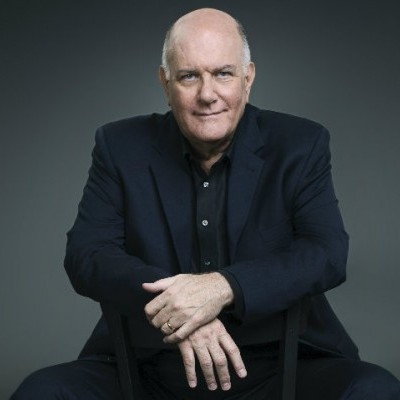
Jim McNeely’s singular body of work had a profound and lasting influence on many of today’s top jazz composers in the U.S. and in Europe.
Oct 7, 2025 3:40 PM
Pianist Jim McNeely, one of the most distinguished large ensemble jazz composers of his generation, died Sept. 26 at…
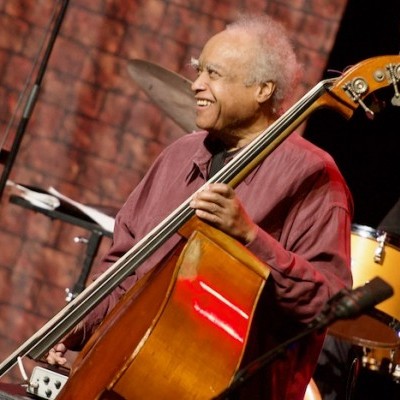
Drummond was cherished by generations of mainstream jazz listeners and bandleaders for his authoritative tonal presence, a defining quality of his style most apparent when he played his instrument unamplified.
Nov 4, 2025 11:39 AM
Ray Drummond, a first-call bassist who appeared on hundreds of albums as a sideman for some of the top names in jazz…

